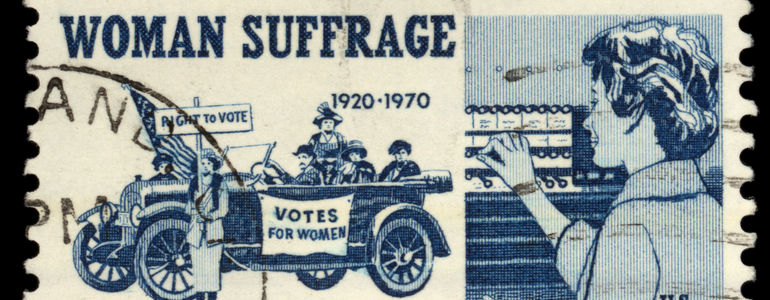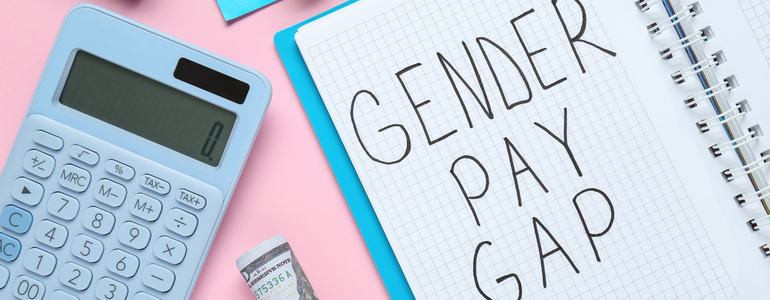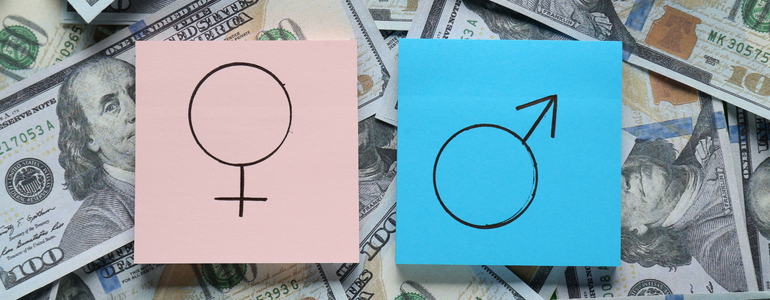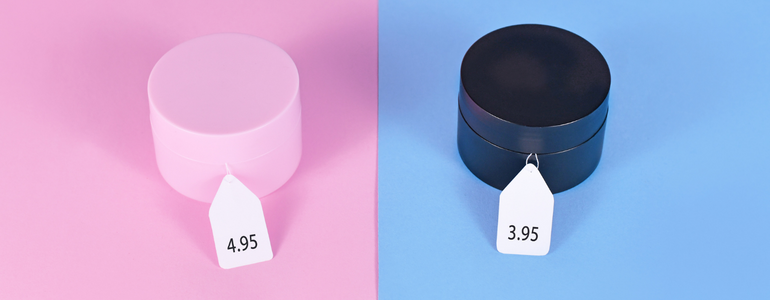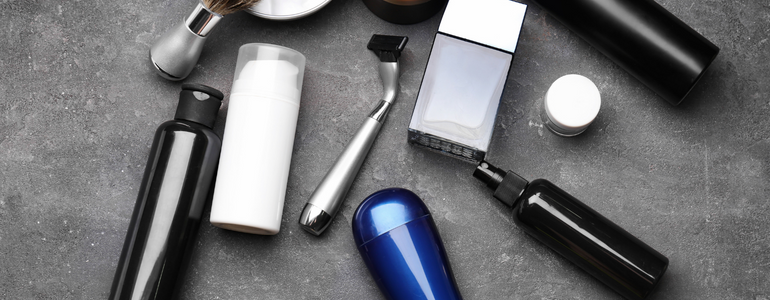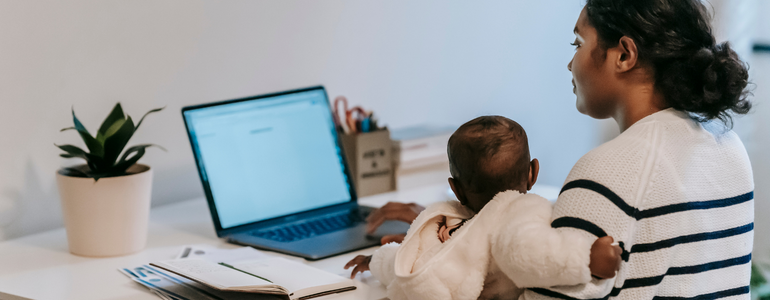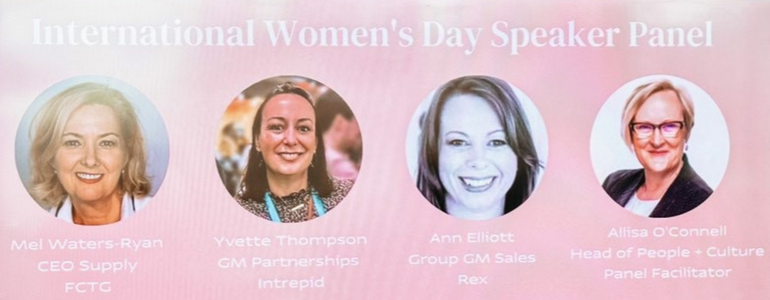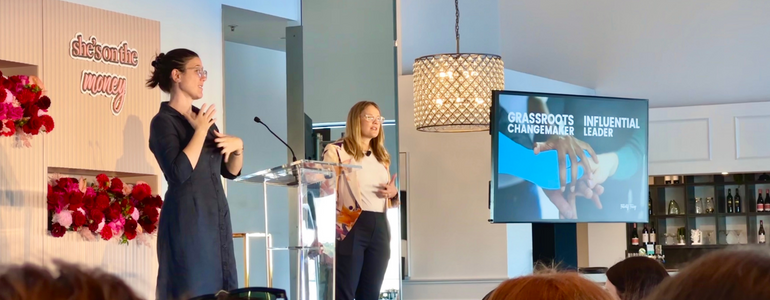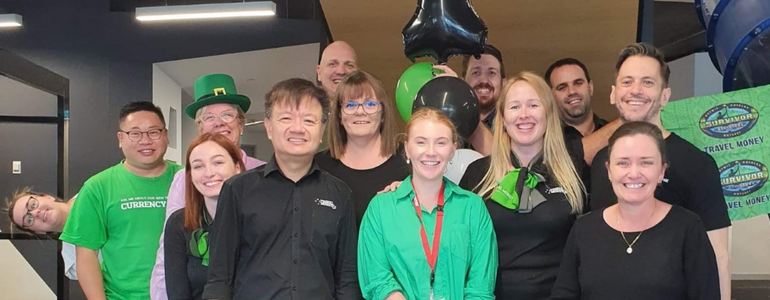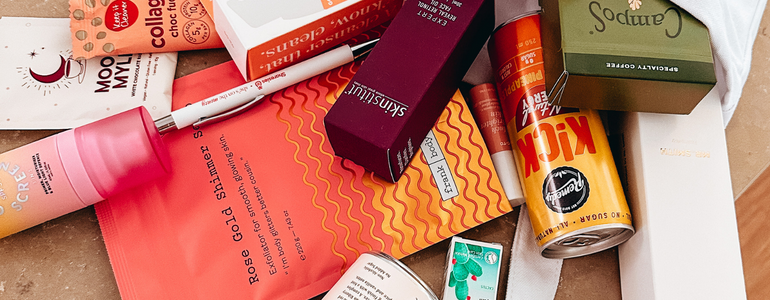We were lucky enough to get advice from women at the top of the travel and money industries on how to succeed in your career.
This included a Flight Centre hosted panel with Mel Waters-Ryan, the CEO of Supply for Flight Centre; Yvette Thompson, GM of Partnerships for Intrepid Travel; Ann Elliot, Group GM Sales for Rex Airlines; as well the guest speakers from the She’s On The Money event: Boss Magazine’s Young Executive of the Year, Felicity Furey, and Australian comedian and Aboriginal advocacy speaker Steph Tisdell.
This is what they had to say…
How has the workforce changed for women?
INTREPID TRAVEL – Yvette Thompson
For the last five or six years, Intrepid has been championing women – this accelerated when Intrepid became certified B-Corp, which really pushed the drive and held them accountable. Since then, Intrepid has been making big changes and ensuring their passion for inclusivity is ingrained in all areas – from people (more women in Board and Management positions as well as more women tour leaders), to product, to marketing (ensuring Intrepid are marketing to ALL women with quotas for representation of BIPOC, Women, Plus Size, LGBTQIA, etc.). Always progressing, Intrepid also launched a work-away model where for two weeks every year, their staff can work from anywhere around the world!
FLIGHT CENTRE – Mel Waters-Ryan
71% of all Flight Centre staff identify as women, and 20% of women at Flight Centre are in a leadership role – in fact, 54% of staff at Area Leader positions and above are women! Mel Waters-Ryan attributes this to the fact that the culture of Flight Centre feels like home, is a forgiving workplace, and women often choose workplaces they feel looked after. She’s advocating for a higher percentage of women in leadership positions.
What challenges in the workforce did you face as women, or do women often face, and how do you overcome it?
INTREPID TRAVEL – Yvette Thompson
Recognising your own biases and blind spots. Sometimes, you don’t realise the unconscious prejudices you have until you’re confronted. In those times, really listen. Have the conversation, take it on board, and correct it.
FLIGHT CENTRE – Mel Waters-Ryan
Women often struggle more than men when it comes to interviews, as men tend to interview more confidently than women. When it comes to hiring, it’s important to check your bias – interviews are just a one-hour performance and hirers can be swayed by this and neglect the actual data. On the flipside, women really need to nurture their public speaking and interviewing skills – after all, performing is a skill, so develop it!
REX AIRLINES – Ann Elliot
One of the struggles Ann faced was speaking up about nepotism at a prior workplace, then leaving the company. It was “the best thing” she ever did. The lesson learned? Always use your voice and speak up when something’s wrong.
What advice would you give women starting their careers?
INTREPID TRAVEL – Yvette Thompson
Networking is so important. Treat every interaction as a learning experience – ask questions and be curious! Say what you feel and what you think, and back yourself. Build up the people around you.
Make the most of every opportunity, and new opportunities will come along.
REX AIRLINES – Ann Elliot
Choose a mentor you admire. Ask for advice. Be honest and authentic – and don’t go with the crowd if you don’t believe in what they’re pushing.
BOSS YOUNG EXEC OF THE YEAR – Felicity Furey
What will make the biggest difference? Collaboration. Working together accelerates and amplifies success – look at Steve Irwin for example. He collaborated with John Staitham to make the Crocodile Show, which was pivotal to the success of his mission and Australia Zoo.
When influential leaders partner with grass-roots changemakers, the magic happens.
So find a mentor you look up to (they love being asked for help), take action, and turn up. Remember that you are valuable, and it’s a win-win, so be brave and ask!
ABORIGINAL COMEDIAN – Steph Tisdell
It’s about bravery. How many times have you already been brave?
When you’ve been brave many times already, one scary task is no different to the tasks you’ve overcome before.
So get the number and speak up – people will rarely actually ask, so there’s more opportunity than you think!
Be brave, step into the room and ask. Be open to whatever comes – with no preconceived ideas about what the answer should be – and be okay with not getting the answer you want.
Also, be actively openhearted and openminded, raw, honest and vulnerable. Let them know this is what I can can bring to the table, this is what I can’t. This is what I believe in, and if you believe in it too, then invest in me so I can fight for what we believe in!
FLIGHT CENTRE – Mel Waters-Ryan
Pick up new skills and experiences – and move around more in your career. Women tend to stay in the same role for longer, but it’s important to be more dynamic and put your hand up to learn new skills (even if it’s just picking up new skills in the same role).
Also, “learn how the cash register rings.” It’s important to understand how the money works – why customers are paying money for your good or service, and where the money goes afterwards, and have a good understanding of profit and loss.
Have a good support network of other women. Mentor, sponsor and shepherd women you believe in, because women too often don’t advocate for themselves.
For the mums out there – outsource. Find out what tasks are taking away from quality time with kids and with work, and outsource so you get that precious time back to focus on what truly matters.
Finally, be curious and be brave. Forgive yourself for any mistakes and learn from it. And never compromise your empathy and compassion.


